Even as I stay at home, virtual reality transports me to new worlds
Due to the recent pandemic, people are spending more time indoors as a matter of personal and public safety, myself included. Even as I’ve held to that worthy cause, I’ve started looking for ways to escape my home without actually leaving it. A good book or a Netflix marathon can be a welcome bit of escapism and distraction, but I rarely feel I’ve really gone somewhere else after I put down the remote or mark my place in a novel. Those solitary activities don’t fill the natural need for socialization, either, but gathering in real life still isn’t safe. That’s where virtual reality comes in.
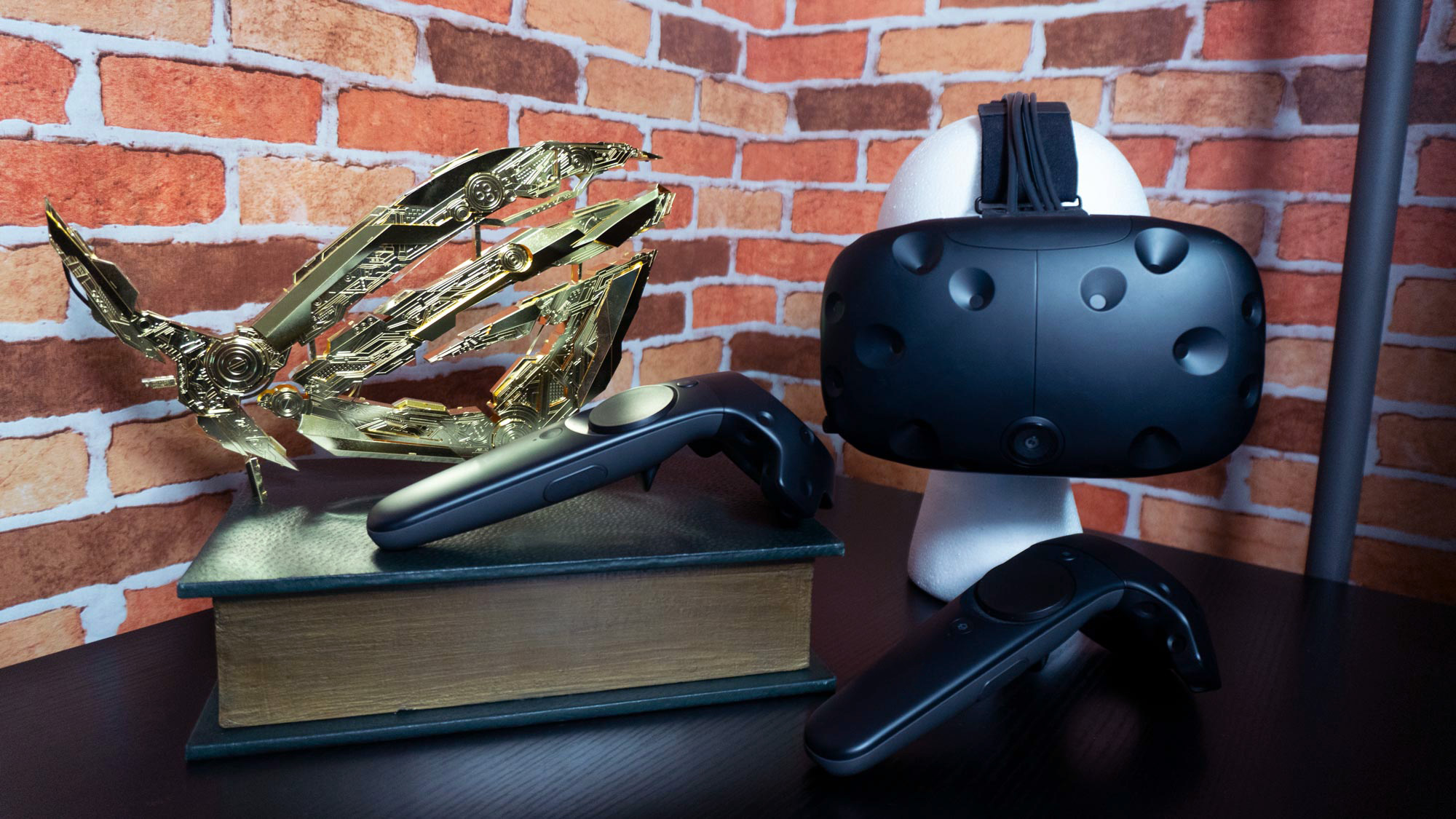
I was an early VR adopter in the days when most experiences were mere demos rather than full-fledged games. Somewhere over the course of a couple of moves and a new job, my headset found its way into a drawer, where it stayed for a good year or two. That all changed when Half-Life: Alyx launched a couple of months ago. It spurred me to use my gaming PC and VR headset to get out of the house and experience new worlds and realities. Alyx was just the start of my new journey into VR, though. Here’s what I’ve been playing to escape.
Boldly go with Star Trek: Bridge Crew
Sometimes it’s not enough to feel like you’re in another world. Sometimes you want to want to catch up with friends that you haven’t seen in a while. My brother lives on the other side of the country, so we don’t get to see each other in person very often, especially these days. While we have other games that we play regularly with our other distant friends, Star Trek: Bridge Crew has become one of our go-to games when we want to really connect.
The premise of the game is rather simple, and one that many sci-fi fans have dreamed about for decades. You and your friends are in command of a Federation starship, and you must conduct missions where you engage enemies and rescue people in distress. Essentially, you get to live out an episode of Star Trek, minus all that beaming down to the surface business.
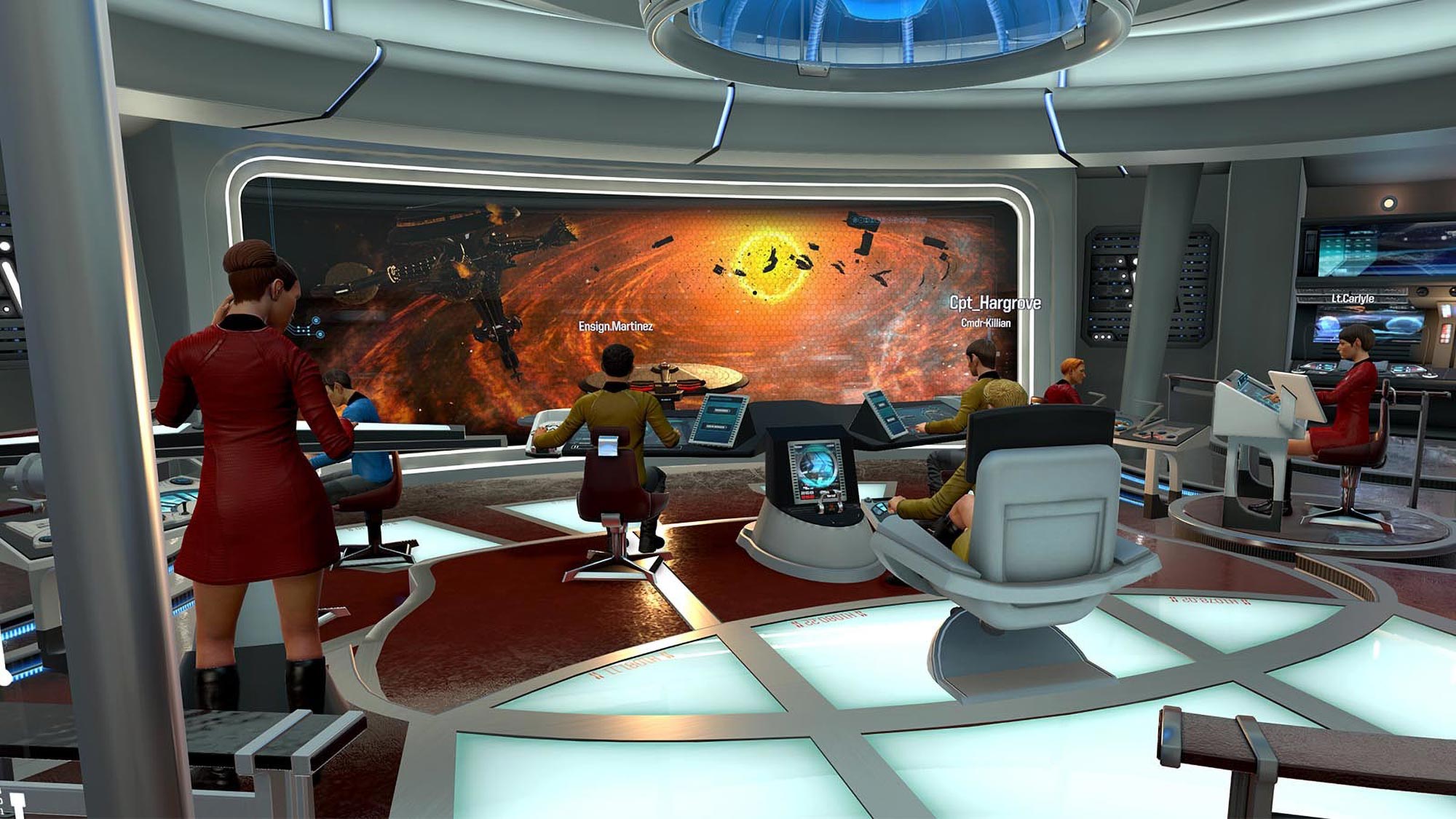
Each of the four people that make up the ship’s crew is assigned to a position on the bridge: Captain, Helm, Tactical, and Engineer. Each position plays a pivotal role in the ship’s operation, and you have to work together if you want to complete your mission. Once you and your crew have decided which stations to take, the fun begins.
Since everyone is sitting at their station, I’m able to look around and see my whole crew. Even though their avatars don’t look like my friends do in real life, the motion controls let me turn around, wave, and otherwise emote to my friends in a way that mimics being in the same room. Your avatar’s mouth moves whenever you speak, which helps enhance that sense of place. We’re not the most serious crew, and our shenanigans wouldn’t be tolerated in the Federation, but we still manage to complete (most of) our missions without a hitch.
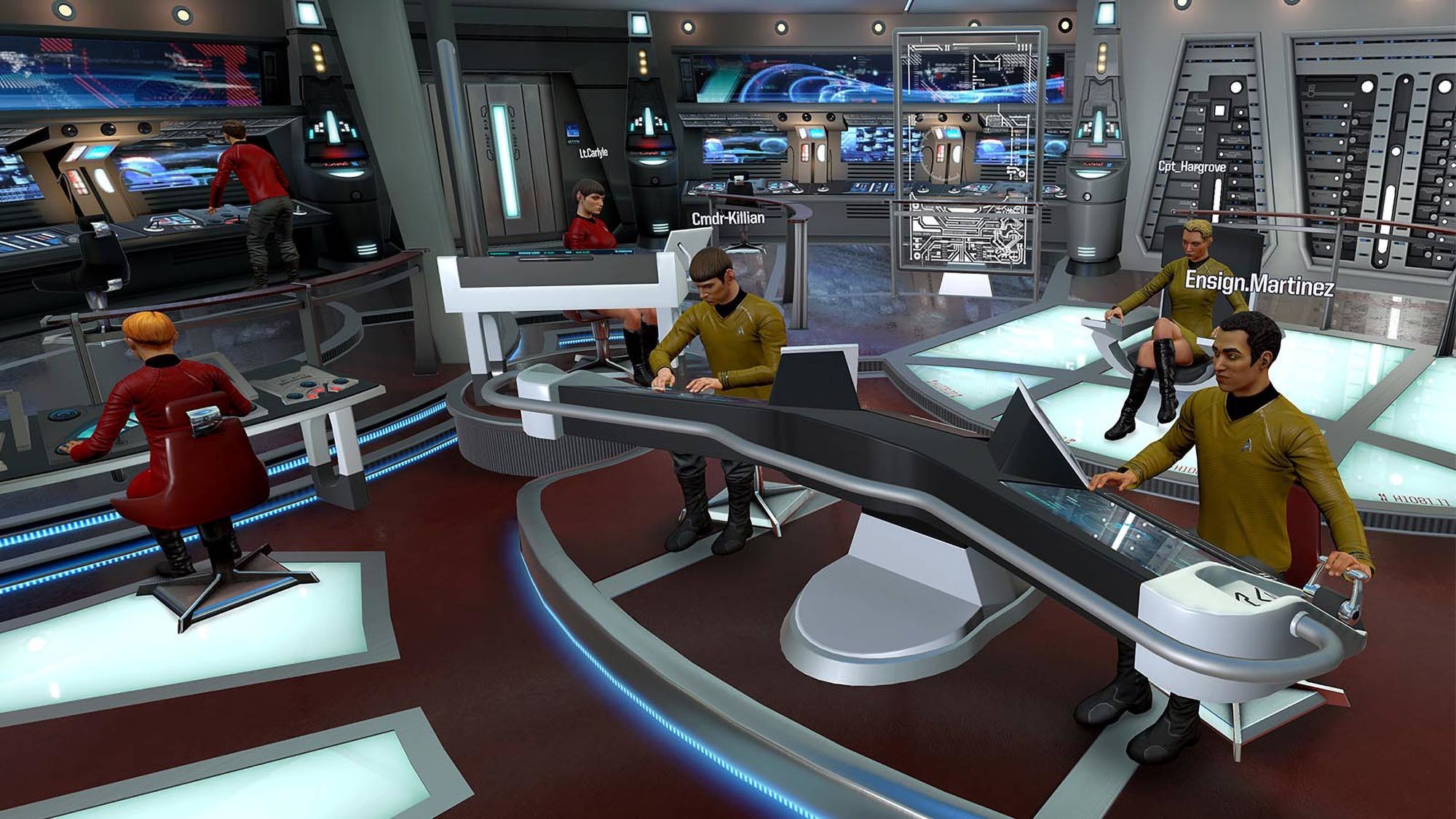
Star Trek: Bridge Crew is an excellent example of a VR game that’s simply designed and wonderfully executed. The controls consist of the same giant touch panels seen throughout the TV shows. All you need to do is sit in your favorite chair and use your hands to interact with the virtual panels. Thanks to those easy-to-learn controls and a simple premise, you end up spending most of the game coordinating, strategizing, and goofing off with your crew. After a few hours of playing, it’s easy to feel like you’ve been hanging out in the same room as them for hours.
Cool off with Superhot VR
Superhot VR is an interesting game, partially because it started out as a traditional FPS title and only evolved into a full VR experience later. Time in the game is nearly halted by default and only returns to normal speed when you’re moving. The resulting battles play out in super slow motion (as if you’re in the Matrix), and the sense of urgency that really makes the game tick is heightened by virtual reality.
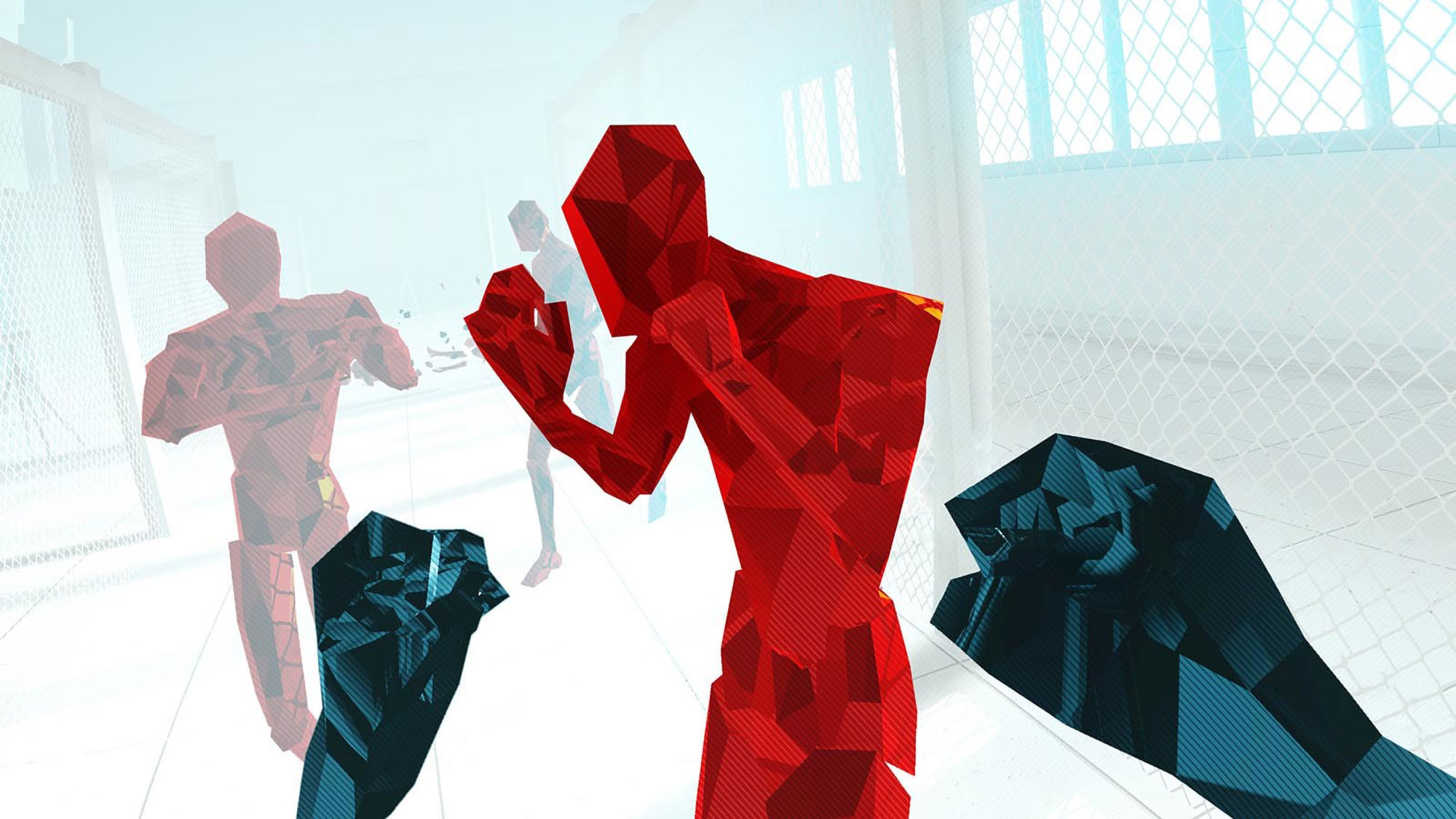
One of the most striking elements of Superhot is its minimalistic design. Weapons are black, enemies are red, and the rest of the environment is composed of clean greys and whites that reinforce the notion that you’re in some type of simulation. I enjoy VR as a means to transport myself to other places, but that doesn’t mean they have to be realistic. It’s nice to spend time in a space that feels simulated or stylized, too.
Puzzling my way through the swarms of enemies frequently required me to play out the same few moments in time repeatedly to move forward. Any time an enemy strikes you, you have to restart from the most recent checkpoint. In a lot of ways, Superhot VR is a puzzle game that also happens to involve weapons. As you reset each time and begin playing through those few brief moments, you’ll naturally try different strategies and pathways to find the best solution and move forward.
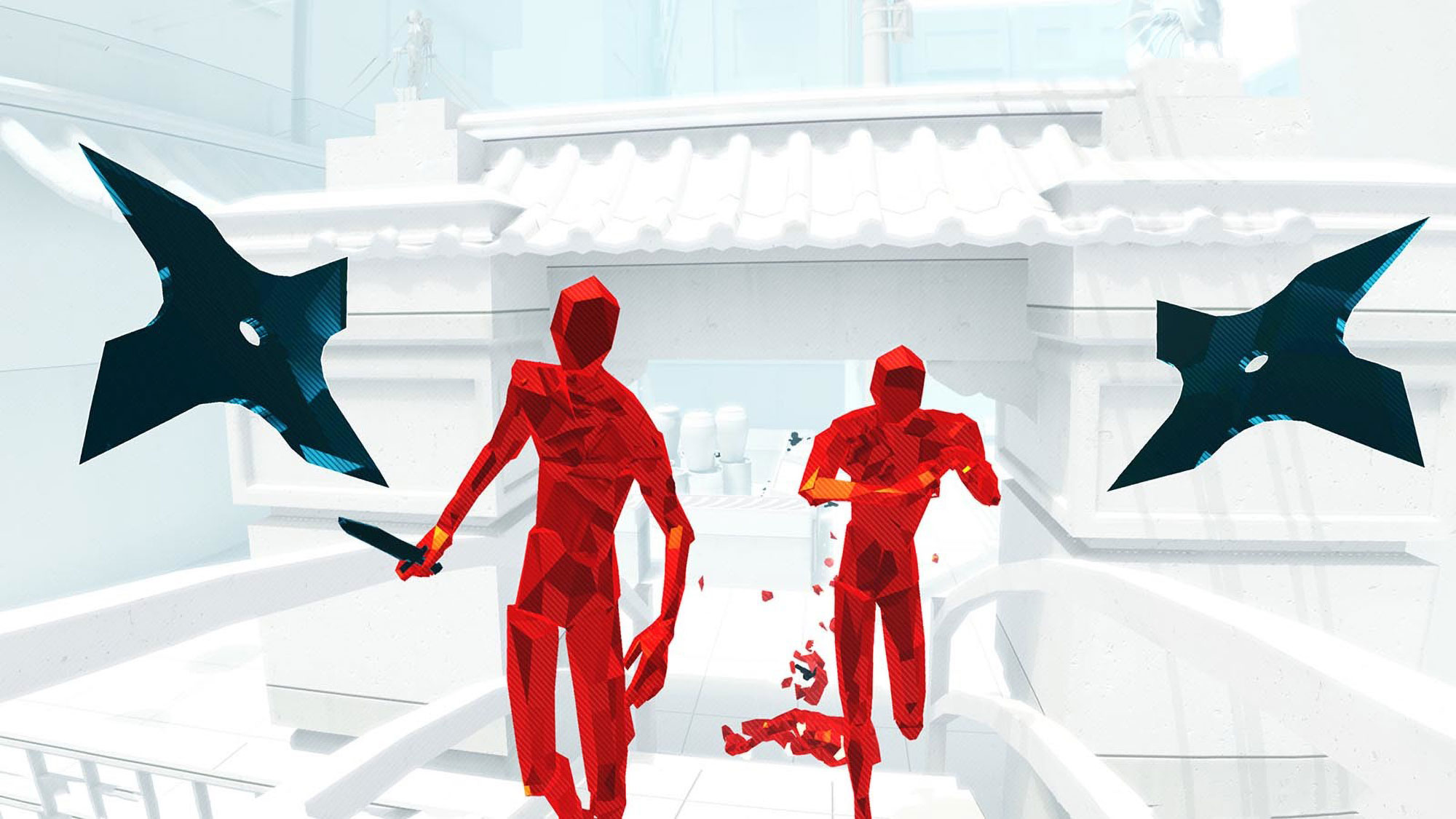
For a game where time moves slowly, I find that my mind never stops while I’m playing Superhot. From the moment I fire it up, I’m constantly moving, watching, and analyzing the enemies and the projectiles they’ve sent flying my way. There’s little time for me to think in the moment, and I often find myself simply reacting to what’s happening as I look ahead to the next move.
Superhot VR isn’t just a mental workout, either. When I’m dodging bullets and creatively striking the targets, I’m getting a pretty decent full-body workout. As time passes slowly in the game, I’ll often hold uncomfortable poses as I wait for my opportunity to act. After a couple of hours, I can generally feel at least a few muscles aching. If nothing else, it’s a nice way to get in a little exercise while I’m playing a game.
Returning to City 17 with Half-Life: Alyx
Half-Life 2 will always remain one of my favorite FPS titles. It was a leap ahead of other games of its time, introducing mechanics and gameplay concepts that still influence the genre to this day. After playing the game in its entirety, I’d argue that Alyx has done the same thing for virtual reality.
Half-Life: Alyx takes place between the events of the first and second Half-Life games. Our silent protagonist Gordon Freeman is nowhere to be found. This time around, you play as the titular character, Alyx Vance, as she makes her way across City 17 to try and fight off the dreaded Combine and rescue her father.
When I first loaded into the game, I spent a while just standing on the rooftops of City 17 and taking in the view. I’ve played the prior games in the series manny times, but this felt like the first time I was actually standing in City 17 rather than looking at it on a screen. Once I was satisfied with merely looking around, I began picking up and playing with every nearby object, most of which ended up getting tossed into the streets below.
Not long after the game starts, you meet a delightful new character named Russell. He outfits you with a gun and his special gravity gloves (humbly called Russells) and sends you on your way. These new gravity gloves are a natural evolution from the gravity gun of the previous Half-Life games. But instead of moving a mouse to point at an object and clicking a button to pull it towards you, grabbing objects with the Russells is a natural, fluid motion. Just extend your hand (represented by a VR controller) towards something, and when it’s highlighted, a quick flick of your wrist brings it flying into your hand. If it’s ammo, you just reach over your shoulder and drop it into your bag to add it to your inventory.
It took only a short time to get accustomed to the finer points of using the gravity gloves, but once I did, the game really opened up. I’m the type of player that likes to explore every nook and cranny for secrets and hidden loot. In Half-Life: Alyx, I spent hours searching in every cabinet and under every desk, not just for more ammo, but also because it was a genuinely fun experience to explore this new yet familiar world. I also felt like a Jedi as I summoned objects with a flick of my wrist, so grabbing loot was a joy in itself.
I’ve limited most of my play sessions of Alyx to around an hour or two. Depending on where I was in the game, that was more than enough time to get worn out and take my mind off whatever else was going on in the real world. Even though I’ve already played through it once, Half-Life: Alyx remains my favorite go-to VR game when I just want to transport myself somewhere else.
Nothing beats leaving my house and visiting my favorite places and people in real life, but the need to protect myself and others from the pandemic has made my VR headset my favorite way to escape the confines of my home for a few hours. Whether I want to dive into a single-player experience or team up with friends, the range of fully fleshed-out VR experiences available nowadays has taken some of the edge off staying at home.


